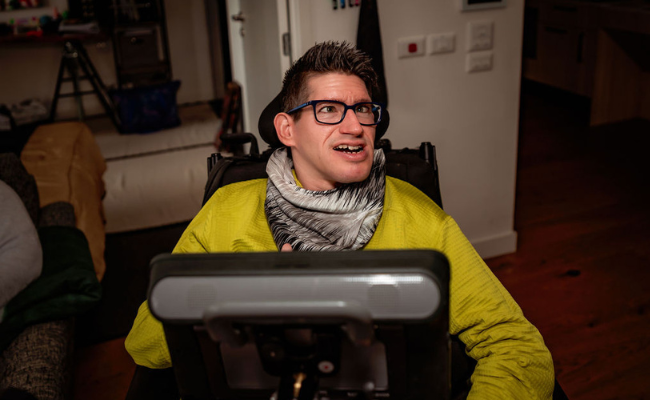ILOs and your NDIS Plan
What are the different kinds of ILOs?
These are some of the different ways people are living. The NDIS has more information about this in this link.
- Host arrangement – you live full time with a host who is not related to you, in their home.
- Housemates – you live full time in your own home, or a shared rental property, with one or more other people. These people are not related to you, such as your friends
The level of support that a host or housemate provides will be different for every individualised living option package. It will depend on your needs, circumstances, home and living goals and what meets the NDIS funding criteria.
The NDIS calls these primary supports. Your primary supports live with you and are the main supports for you at home.
ILO arrangements also involve supplementary supports, which are extra supports put in place with your primary support. These supports are flexible and you can use them to help get extra or different support from time to time. You can also use them if you need support outside the usual times your primary support is available. This might be when your primary support has other commitments such as work, medical appointments, or holidays. Supplementary supports can help to sustain your primary support and provide back-up support if needed.
The NDIS has shared some case studies to help participants understand how things can look. Click on this link to find them. They are called ‘ILO Participant Scenarios’. The NDIS says in their ILO Guidelines: “No two people will design their individualised living option the same way. Everyone has their own needs, support networks and ideas about what makes a safe and happy home.”
More information about Primary and Supplementary supports, and the type of supports they can provide are listed in the ILO Operational Guidelines.
How does it get funded in my NDIS plan?
There’s a lot to think about and organise with any ILO.
The NDIS can fund what is needed in two parts (these are in the NDIS Price Guide):
1. The first step is where the NDIS pays to plan what an ILO might look like for you.
This is called Exploration and Design.
The NDIS has three different funding levels for this stage. More information about this can be found on pages 11 to 12 of their Guidelines, which can be found here.
This information is then used to prepare something called an ILO Service Proposal for the NDIS. This is where your living arrangement is described and a quote is created. This means the proposal says how much it is going to cost.
The NDIS decides whether to fund your ILO Service Proposal based on whether it is reasonable and necessary.
The NDIS has provided more information about how reasonable and necessary relates to ILO. These are on pages 12 to 14 (Stage 1) and pages 15 to 18 (Stage 2) of their Guidelines which can be found here. It is very important to read this and think about what is needed in the ILO Service Proposal.
You can get the Service Proposal here.
2. The next step is to have the funding to make your ILO happen. This is called Individualised Living Option Supports. The funding will include:
- Your Primary supports
- Your Supplementary supports
- Checking and changing the ILO (called Monitoring and Adjustment)
You can read more about this in the NDIS ILO Guidelines here.
There are also three different funding levels for this stage.

ILOs and your NDIS Plan – Frequently Asked Questions
How can I use ILO Exploration and Design funding?
What can ILO Supports pay for?
What can’t ILO Support pay for?
ILO, SDA, SIL – How are they different?
Can I self manage ILO funding?
What else is the NDIS doing about ILOs?
Attend a free event
To find out about the range of housing options that are available to the people you support, register to attend one of our free events.
We will share information on many types of housing and you will have the chance to ask us your questions.
Questions about NDIS Housing?
Call our NDIS Housing Advice line
For NDIS participants, their families, and supporters. Monday – Friday 10.00am – 4.00pm AEST. You can also email us anytime at housingoptions@housinghub.org.au
Browse Resources

Housing Seeker Profile
Creating a Housing Seeker Profile is a simple process which involves telling us what you are looking for and what is important to you.

Housing Roadmap
The Housing Hub has worked alongside people with disability to map out the stages of a housing journey and the information you need to know about when moving through each step.

Living More Independently
The Housing Hub has teamed up with Mable to create a three-part series about living more independently.



